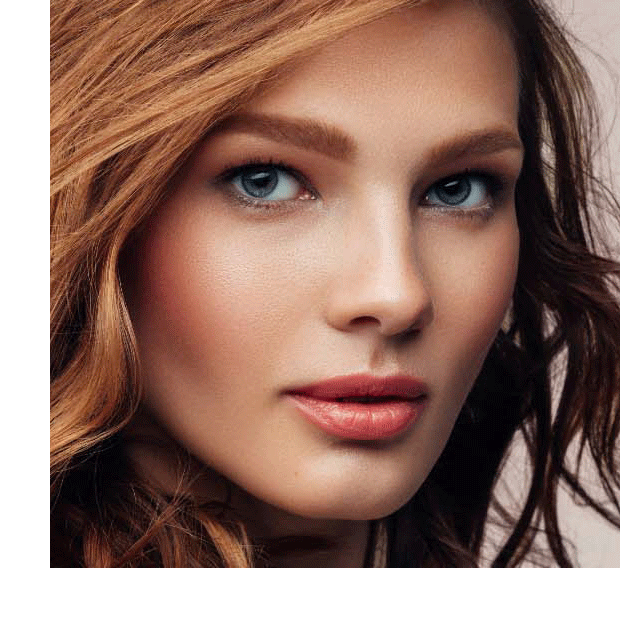Dermal Fillers
Cosmetic surgery can provide a powerful counter to signs of aging, but many patients would prefer a lighter approach. That is the purpose of our suite of nonsurgical treatments. Each of our dermal filler options provides tailored, impressive results without the need for a single incision. With dermal fillers in Greenwich, you can see stunning results that fight signs of aging without the need for invasive procedures.
Dr. Mahsa Sohrab and her staff focus on providing a personalized experience that focuses on the patient’s unique needs, goals, and experiences. She can deliver individualized results by working closely with her patients to help them achieve their aesthetic hopes and see the changes they desire.





